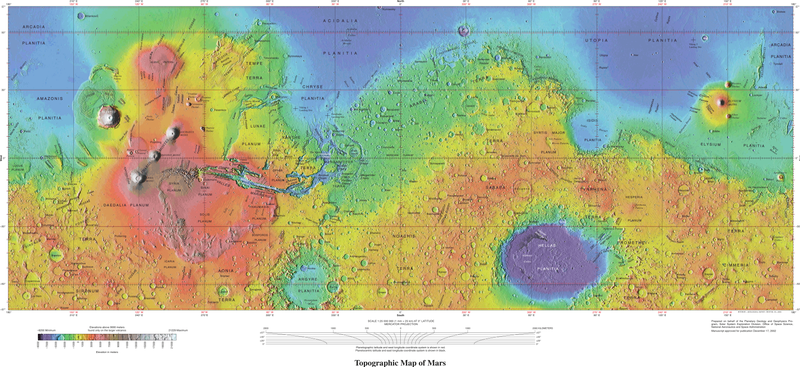
Veličina ovog prikaza: 800 × 367 piksela. Ostale razlučivosti: 320 × 147 piksela | 640 × 294 piksela | 1.024 × 470 piksela | 1.280 × 587 piksela | 2.560 × 1.174 piksela | 10.292 × 4.720 piksela.
Vidi sliku u punoj veličini ((10.292 × 4.720 piksela, veličina datoteke: 6,72 MB, <a href="/wiki/MIME" title="MIME">MIME</a> tip: image/png))
Povijest datoteke
Kliknite na datum/vrijeme kako biste vidjeli datoteku kakva je tada bila.
| Datum/Vrijeme | Minijatura | Dimenzije | Suradnik | Komentar | |
|---|---|---|---|---|---|
| sadašnja | 18:11, 4. listopad 2021. |  | 10.292 × 4.720 (6,72 MB) | wikimediacommons>Cherurbino | same 256 clr, larger size + legend |
Poveznice
Na ovu sliku vode poveznice sa sljedećih stranica:





